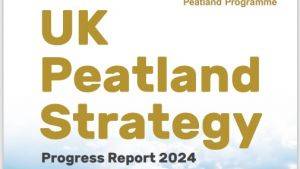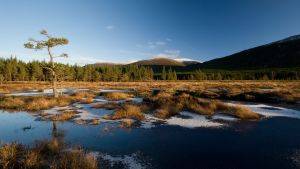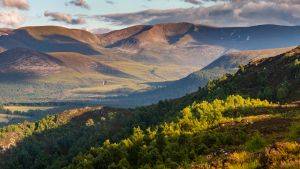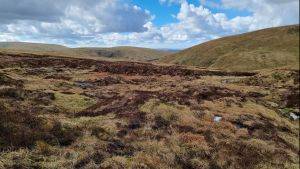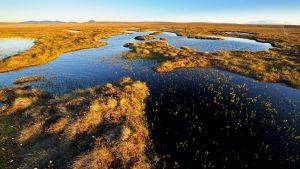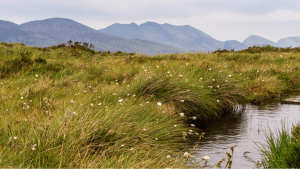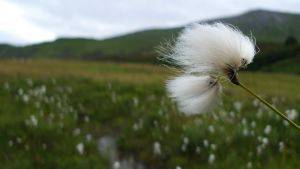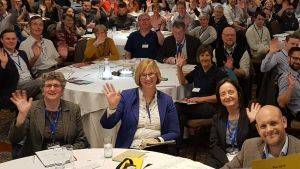Cultivating non-timber forest products
Introduction
Indonesia is home to the largest area of tropical peatland in the world. Most of this habitat occurs on the islands of Sumatra, Borneo and New Guinea. While New Guinea still hosts large areas of forested peatland, Sumatra and Indonesian Borneo (Kalimantan) have lost around 70 % of their peat swamp forest over the past 30-40 years.
Description
Deforestation, drainage and peat fires in Indonesia are responsible for a significant proportion of global CO2 emissions from land-use; drainage alone causes annual emissions of almost half a billion tonnes of CO2 (Dommain et al. 2012). With growing global demand for palm oil, the clearance and destruction of valuable peatlands is happening at an ever increasing rate. Oil palm and pulp plantations cover nearly 20% (2.2 million ha) of western Indonesia’s peatlands (Miettinen et al. 2012a) and the remaining peat swamp forests suffer from illegal logging and fire. If these conditions continue, peat swamp forests are predicted to disappear in western Indonesia by 2030 (Miettinen et al. 2012b). Many indigenous people suffer from poverty in the absence of sustainable land-use options on drained peatland. Although new plantations can offer employment and income, the loss of traditional livelihoods is an on-going challenge. In addition, the new infrastructure of plantations brings more people, and competition, into remote areas. The loss of soil fertility and rapid peat degradation associated with drained peatland will not only lead to more poverty but also the loss of habitable land.
Restoration Delivered
The establishment of trial plantations of various peat swamp forest species on rewetted peatland is a critical step to further identify and widen the suite of highly valuable species. This step is also required to engage local people in possible paludiculture businesses that would counteract poverty and thus increase the value of peatlands in general.
Site Activity
Restoration and paludiculture can be used to overcome peatland degradation and reduce poverty levels. By rewetting the land, the peat can be conserved and CO2 emissions can be substantially reduced. This action reduces the likelihood of peat fires and associated haze, leading to direct health-benefits for the local people. The cultivation of native swamp forest trees for non-timber forest products (NTFPs) offers an attractive source of income and, in addition, reforestation can help restore peatland hydrology, microclimate and biodiversityExamples of successful cultivation of native swamp trees are Jelutung (Dyera polyphylla; for latex), Tengkawang (Shorea spp.; for butter fat, oil) and rattan palms (Calamus spp.; for furniture, bags, mats). Another interesting tree for cultivation is Gemor (Alseodaphne coriacea). The bark of this tree is widely used as a mosquito repellent but, because it has become an important source of income, populations of Gemor are often overexploited. Cultivation would counteract the population decline and secure the supply of its bark.
{"zoom":6,"lat":-0.789275,"lon":113.921327}
Project Name: Cultivating non-timber forest products
Organisation / Lead partner: University of Palangka Raya
Approximate area covered: 59968 ha
Predominately: Lowland

